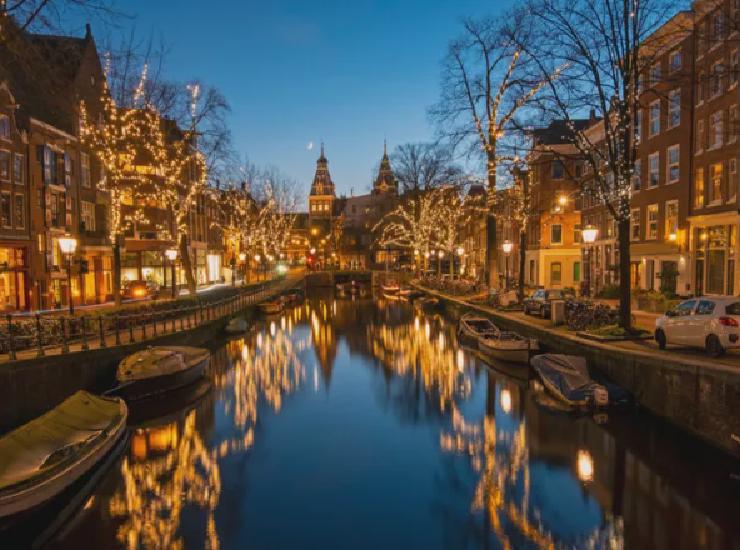The Secret Behind Ice!
Cloudy, clear, and instant ice.
Making ice seems simple, but there’s much more to it than you might think. Whether you encounter ice in Amsterdam or make it at home, the science behind it is fascinating. Have you ever wondered why the ice you take out of the freezer is often cloudy? This happens because it freezes too quickly, trapping air bubbles and small impurities. Clear ice, on the other hand, melts more slowly and is perfect for your drink. To make clear ice, you can boil the water first or let it freeze slowly. This removes the air and impurities, making your glass not only look better but also keeping your drink cooler for longer without diluting it too much.
For those looking for activities in Amsterdam, there’s more to discover than just sights like the canals and museums. Ice plays a surprising role in events like visiting 𝐀𝐑𝐓 𝐁𝐄𝐋𝐎𝐖 𝐙𝐄𝐑𝐎, Europe’s largest ice sculpture exhibition.
Want to try something fun with ice at home? Try making instant ice. This works with supercooled water, which is colder than the freezing point but still liquid. As soon as you move the water or pour it over an ice cube, it freezes instantly. This is not only a fun experiment for kids but also a surprising addition to your drink at a party.
Step-by-step guide for instant ice
- Use purified water – bottled or distilled water works best.
- Place the water bottle flat in the freezer and let it cool slowly. This takes about 2 to 3 hours, depending on your freezer settings.
- Check the temperature – once the water is colder than 0°C but still liquid, carefully remove it from the freezer.
- Freeze the water on command by gently tapping the bottle or pouring it over an ice cube.
Fun facts about ice
Did you know that warm water can freeze faster than cold water in some cases? This is called the Mpemba effect, a phenomenon that is still being studied scientifically. Additionally, clear ice melts more slowly than cloudy ice due to the lack of air bubbles, meaning your drink will become less watery over time.
Whether you’re experimenting at home or visiting tourist attractions in Amsterdam, making ice is a fun way to learn more about the science behind it. The next time you grab a glass with ice cubes, you can impress your friends with your knowledge about the differences between cloudy and clear ice – and even show them instant ice!



